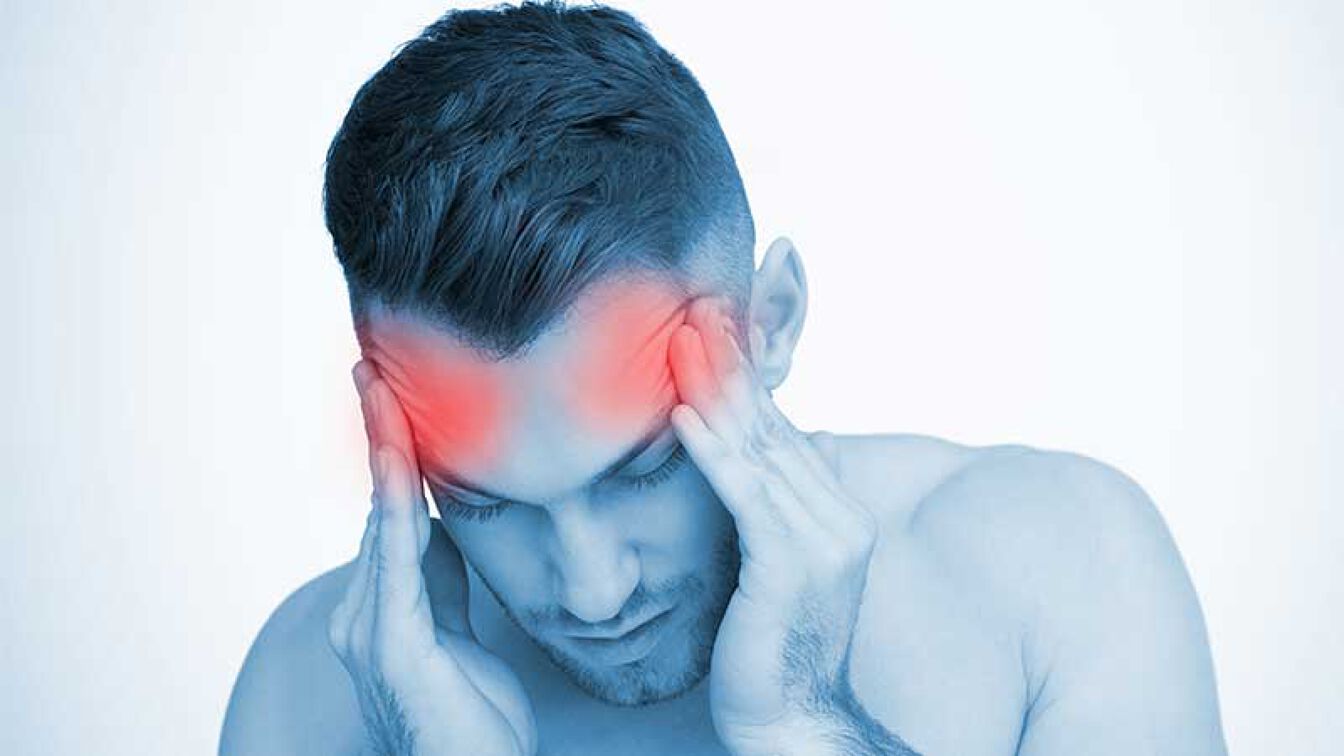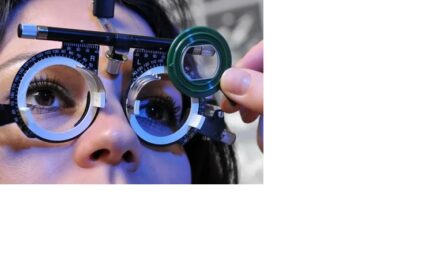Cluster headache is widely considered to be among the most painful medical conditions known. Characterized by excruciating pain, generally affecting one side of the head, cluster headaches strike rapidly and are associated with a set of alarming symptoms. Known medically as cluster headache syndrome, it takes its name from the tendency of these severe headaches to occur in grouped patterns or clusters, with intervals of remission in between. Though not life-threatening, cluster headaches can have a significant negative impact on quality of life due to their intensity and frequency.
What are cluster headaches?
Cluster headaches are a debilitating type of headache that occur in distinct periods, called clusters, lasting weeks or months, followed by remission periods without headaches. They are characterized by extremely painful, one-sided headaches that typically affect the same side of the head. These attacks tend to strike rapidly, often within 15 minutes, and generally last anywhere between 15 minutes to 3 hours without treatment. The headaches are commonly described as piercing or stabbing in nature. Attacks often occur at the same time every day, such as in the evening or at nighttime. Additional symptoms that may accompany cluster headache attacks include tearing and redness of the eyes, swelling or drooping of the eyelid, runny nose and nasal congestion on the affected side of the head. These migrainous symptoms are believed to result from triggers in the trigeminal and autonomic nervous systems.
Causes and triggers
The exact cause of cluster headaches is unknown, but research indicates that they are linked to abnormalities in the hypothalamus region of the brain which controls circadian rhythms and functions. Triggers that can set off cluster headache attacks include alcohol consumption, strong odors or bright lights. Men are more commonly affected than women. Cluster headaches often first emerge between the ages of 20 to 40 years. Genetics also appear to play a role as cases sometimes run in families.
Diagnosis and treatment
As cluster headaches are characterized by their distinct pattern and presentation, diagnosis is generally clinical based on the classic symptoms. Imaging tests such as MRI may be done to rule out other causes if the diagnosis is uncertain. Treatment involves acute and preventive options. Oxygen therapy and quick-acting medications like sumatriptan injections provide relief during acute attacks. Preventive options include long-term medications such as verapamil for headache prevention during active cluster periods. Surgery may be considered in refractory cases. Prompt treatment at the onset of attacks can help reduce headache duration and frequency over the long-term.
Living with cluster headaches
Due to their intensely painful nature and frequent recurrence, living with cluster headaches can be psychologically draining and socially isolating for many patients. Attacks disrupt daily activities and productivity at work or school during active periods. The timing of the headaches, commonly occurring at night, also frequently impacts sleep quality. Depression and anxiety are not uncommon in those suffering from chronic cluster headaches due to the chronic pain burden. Support groups can help provide education and coping strategies. A team approach involving a headache specialist, mental health professional, and family/social support system also optimizes management for better quality of life. Lifestyle modifications like keeping a headache diary, stress management and sleep hygiene can provide natural adjuncts in tandem with medical therapy. Patients are encouraged to be proactive in managing this condition and seeking prompt treatment to prevent attack escalation.
Advancing treatment options
While symptomatic relief is readily available, a cure for cluster headaches remains elusive. Therefore, ongoing research on potential triggers, progression and better therapeutic targets continues apace within the scientific community. Studies exploring the role of genes and hormonal mechanisms may help shed light on predisposing factors. Advances in non-invasive neurostimulation techniques such as vagal nerve stimulation hold promise. Novel pharmaceutical agents that more selectively target implicated pathways are also under active investigation. Understanding the underlying circadian rhythm abnormalities driving cluster period onset remains an area of focus to develop precision therapies. Interventional strategies like occipital nerve stimulation show early signs of helping intractable cases. With further research and breakthroughs on the horizon, management of cluster headaches is set to evolve towards personalized, preemptive approaches to maximize remission duration and quality of life.
In summary, cluster headaches are among the most intense pain conditions affecting humans periodically. The vicious cycle of recurrent, severely painful attacks on the trigeminal nerve leaves patients seeking prompt relief. While current therapies can effectively abort attacks, more lasting solutions to prevent attacks altogether remain under development. Multidisciplinary care and patient empowerment strategies optimize holistic management of this debilitating condition till a cure is found. Advancing scientific understanding holds promise to translate into next generation precision therapies for cluster headache in the future.


